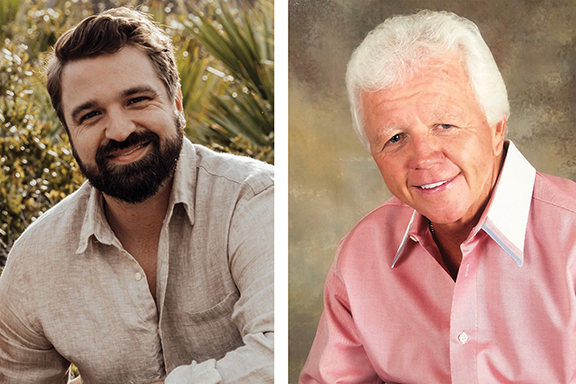Black Homeowners Earned $59,000 in Home Equity in 2020, Compared With $50,000 for White Homeowners
People who bought homes in primarily Black neighborhoods in 2019 gained a median $59,000 in home equity last year, compared with $50,000 for people who bought homes in primarily white neighborhoods, according to a new report from Redfin (redfin.com), the technology-powered real estate brokerage. Equity grew more for people who bought homes in primarily Asian and Hispanic neighborhoods—by $79,000 and $67,000, respectively. For the purposes of this report, a neighborhood is considered primarily one race or another if more
Read More








